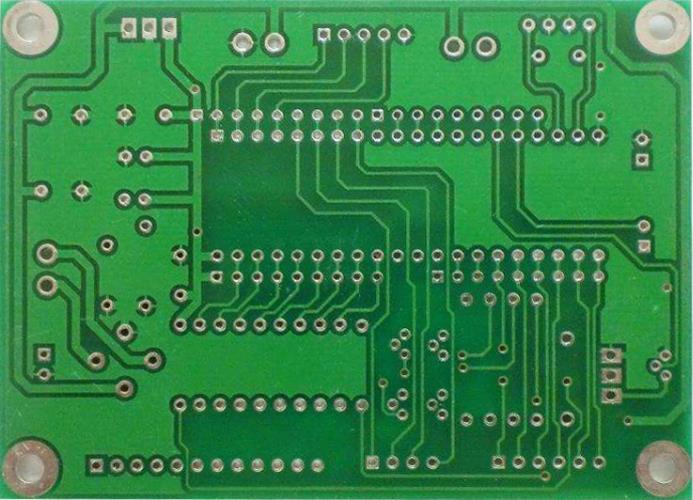FR-4 copper clad PCB board size basic requirements
1, FR-4 copper clad PCB board size
The size of FR-4 copper clad PCB board is expressed by multiplying the length dimension by the width dimension. In terms of display units, there are two ways of expression in English and metric systems.
(1) Inch system: usually expressed in inches (read inches). Usually the inch system specifications are 36 inches * 48 inches; 40 inches * 48 inches; 42 inches * 48 inches; because the user wants to increase the material yield, so the size of the product The requirements are gradually increasing, and specifications such as 36.5 inches * 48.5 inches; 37 inches * 49 inches; 42.5 inches * 48.5 inches; 41 inches * 49 inches; 43 inches * 49 inches have appeared.
(2) Metric system: usually expressed in mm, since 1 inch=25.4mm, the metric system specifications are: 914*1220 mm (36 inches*48 inches=914*1220 mm); 927*1232mm (36.5 inches*48.5 inches); 940*1245 mm (37 inches*49 inches); 1016*1219 mm (40 inches*48 inches); 1029*1232 mm (40.5 inches*48.5 inches); 1067*1219 mm (42 inches*48 inches); 1080* 1232 mm (42.5 inches * 48.5 inches); 1042 * 1245 mm (41 inches * 49 inches); 1093 * 1245 mm (43 inches * 49 inches).

2, straight angle
Straight angle is the degree of perpendicularity between the long side and the wide side of the product. In order to improve the material yield, the product is required to have a higher straight angle.
Because it is troublesome to use angle detection to measure the right angle, since the deviation of the two diagonals of the product corresponds to the right angle of the product, the right angle of the product can be checked by measuring the two diagonals of the product. In actual production, most manufacturers also use the method of measuring the deviation of the two diagonals of the product to reflect the right angle of the product. Usually, the deviation of the two diagonals of the product is required to not exceed 2 mm.
High-precision PCB testing requirements for impurities in prepreg and copper clad laminate substrates
The product appearance inspections we mentioned above are all visual inspections. For high-precision circuit boards, circuit board manufacturers usually use magnifying glasses or even high magnification (such as 100 times magnification) for inspection. Because some tiny bubbles and tiny impurities in the copper clad laminate prepreg and base material still seriously affect the on-off problems of high-precision circuit boards, they must also be prevented.
For prepregs, high-precision CCD inspection equipment can be used for inspection during the production process. However, these tiny impurities in the base material of the copper clad laminate are only detected by high-power magnifying glass (usually with a 100-fold magnifying glass) or slice inspection after the circuit board is made. Therefore, the solution to this problem can only be a precaution. You cannot wait for a high-power magnifying glass (usually a 100-fold magnifying glass) or slice inspection to detect it after the circuit board is made. The loss caused at that time is very large.
For the fully automatic reflow line, there will also be those tiny impurities in the above-mentioned base material, that is, the existence of these impurities should have a greater relationship with the production environment. The types of these tiny impurities mainly include paper scraps, wool, hair, copper wire and copper scraps. Their production: The paper scraps may be combined with the scraps of the backing paper, the copper foil paper core paper tube, and the scraps that shake off the paper tube during the re-cutting of the adhesive sheet. These things may first float in the air during the operation process, and finally Falling on the bonding sheet; the hair may fall from the work clothes; the hair may be the operator's hair or sweat; the copper wire may be stuck on the knife when the copper foil is cut, and then fall off Fall onto the adhesive sheet. Therefore, the cleaning of the environment, the inspection and cleaning of the work clothes and hats of the operator, the dust removal and cleaning of the pad paper, the paper core paper tube, and the frequent cleaning of the cutter must be more stringent.